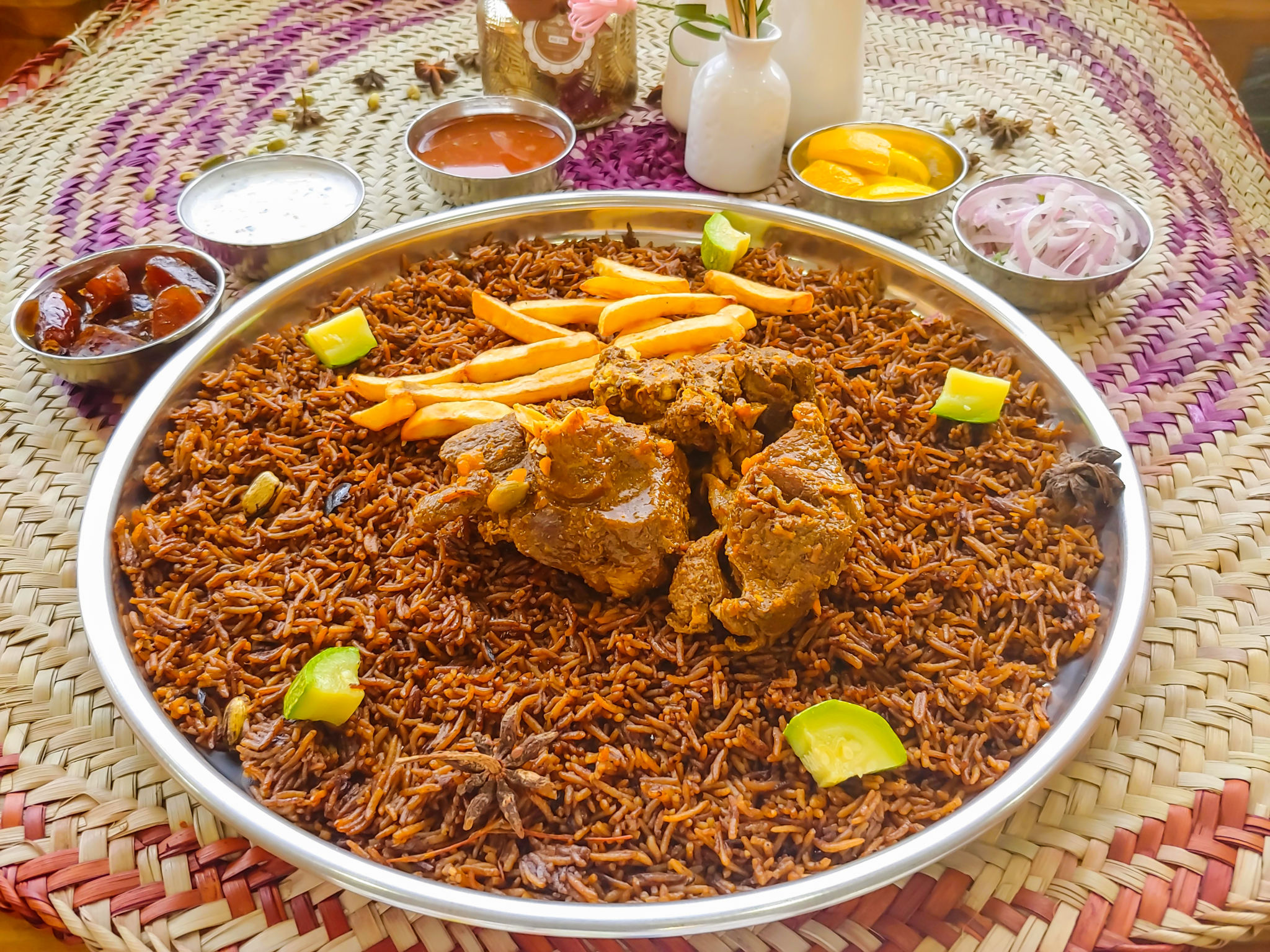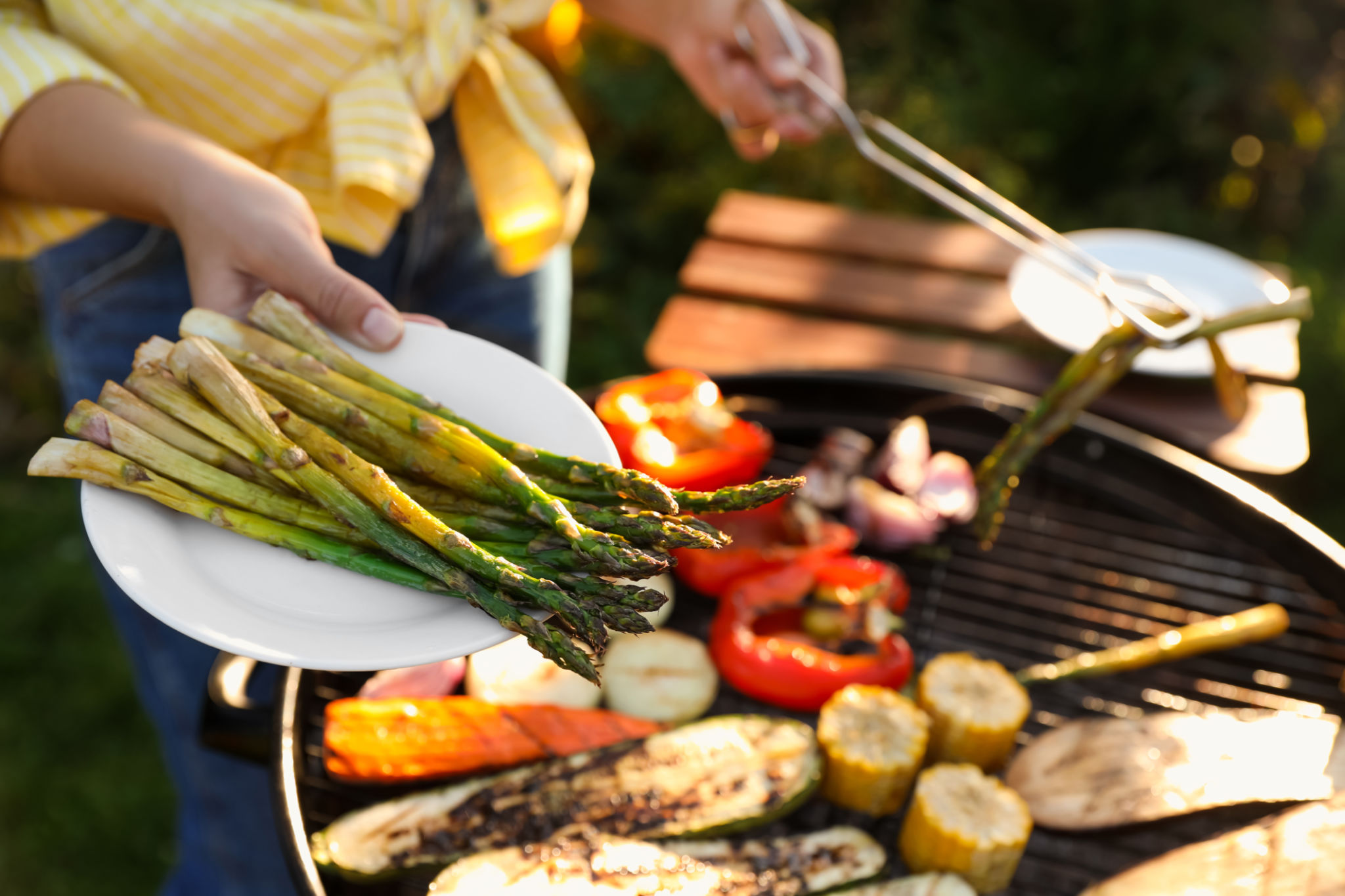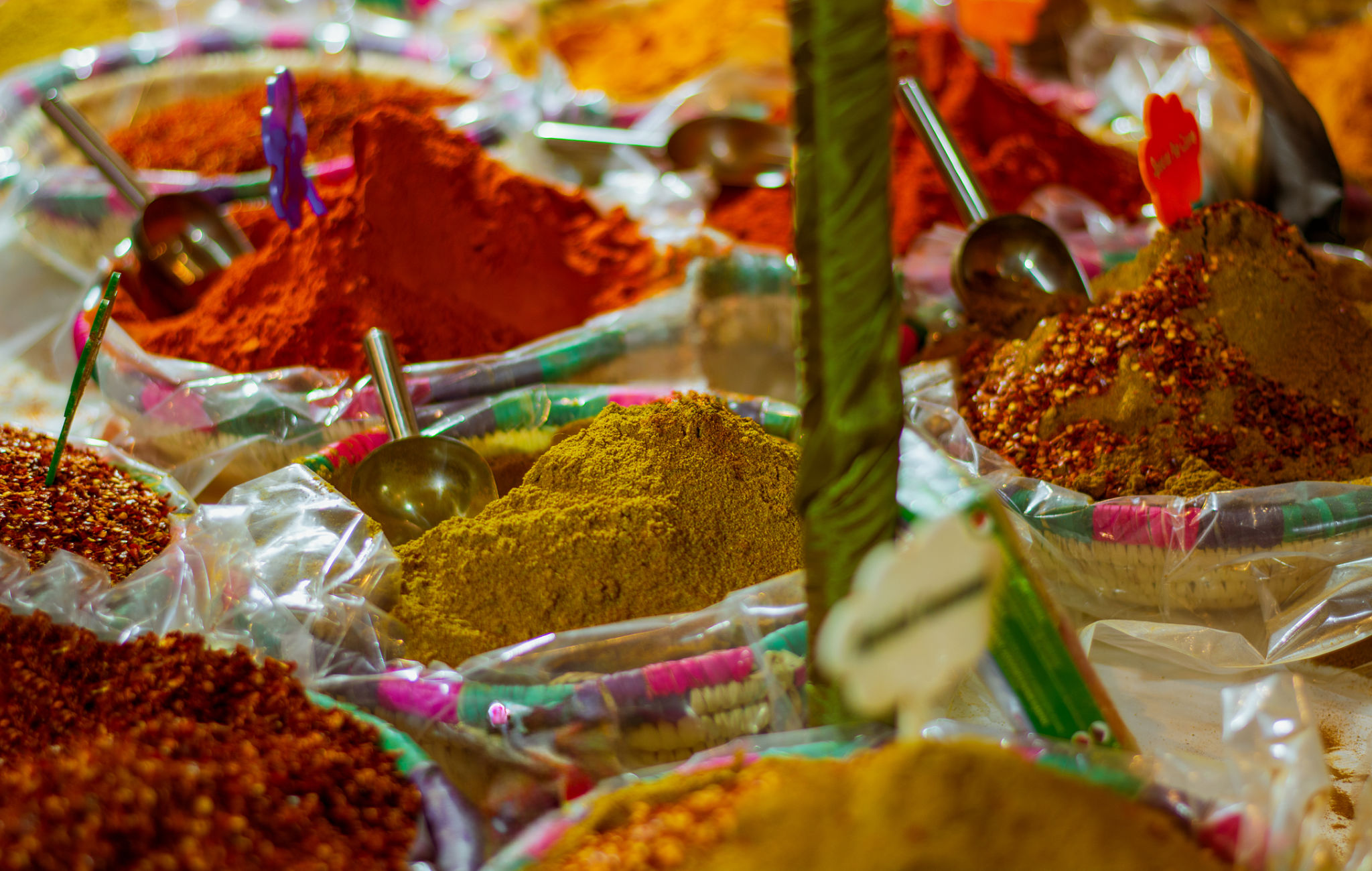Exploring the Delights of Afghani Cuisine with Zero Oil
Introduction to Afghani Cuisine
Afghani cuisine is a vibrant tapestry of flavors, aromas, and textures, deeply influenced by the country's rich history and diverse culture. Traditionally, the cuisine is known for its hearty use of oils, spices, and meats. However, with a growing interest in healthier eating habits, many are exploring how to enjoy these traditional dishes with minimal or zero oil.

The Essence of Oil-Free Cooking
Cooking without oil does not mean sacrificing flavor. In fact, many Afghani dishes are naturally rich in taste due to their use of spices and fresh ingredients. By focusing on alternative cooking methods such as grilling, steaming, or baking, you can retain the essence of these dishes while keeping them healthy.
Herbs and spices like cumin, coriander, turmeric, and saffron play a crucial role in Afghani cooking. These ingredients provide not only flavor but also numerous health benefits. By enhancing these flavors, you can create satisfying meals without the need for added oils.
Popular Afghani Dishes Made Healthier
There are several traditional Afghani dishes that can be adapted to suit a zero-oil cooking style. Here are a few popular ones:
- Qabuli Pulao: This aromatic rice dish is often considered the national dish of Afghanistan. By using a non-stick pan and substituting ghee with water or broth, you can make it without oil.
- Bolani: This stuffed flatbread can be baked instead of fried, maintaining its crispy texture without added fats.
- Ashak: These delicious dumplings filled with leeks are traditionally served with a yogurt sauce. Steaming them instead of sautéing helps reduce oil usage.

Cooking Techniques for Zero Oil
To successfully prepare Afghani dishes without oil, consider these cooking techniques:
- Grilling: Perfect for meats and vegetables, grilling imparts a smoky flavor that enhances the natural taste of the ingredients.
- Baking: Ideal for preparing breads and pastries like Bolani, baking helps achieve a crispy exterior without frying.
- Steaming: A gentle cooking method that retains nutrients and flavors, ideal for dumplings and vegetables.
These methods ensure that you enjoy the full spectrum of Afghani flavors while adhering to a healthier lifestyle. Additionally, using non-stick cookware reduces the need for oil and makes cleanup easier.

Spices: The Heart of Afghani Flavor
Spices are essential in Afghani cuisine as they add depth and complexity to dishes. Some key spices to incorporate include:
- Cumin: Adds an earthy flavor and pairs well with meats and vegetables.
- Coriander: Offers a citrusy note that brightens up rice dishes.
- Saffron: Known for its golden hue and unique taste, it elevates any dish.
Experimenting with these spices can help recreate the authentic taste of Afghani cuisine without relying on oils for flavor.
The Joy of Healthy Eating
Embracing Afghani cuisine with zero oil opens up new possibilities for enjoying traditional flavors in a healthier way. By focusing on fresh ingredients, spices, and alternative cooking techniques, you can savor these delightful dishes while maintaining your wellness goals.
The journey into oil-free Afghani cooking is not just about health; it's an exploration of culinary creativity and heritage. Whether you're new to this cuisine or a seasoned aficionado, there's always something new to discover in the world of Afghani flavors.

